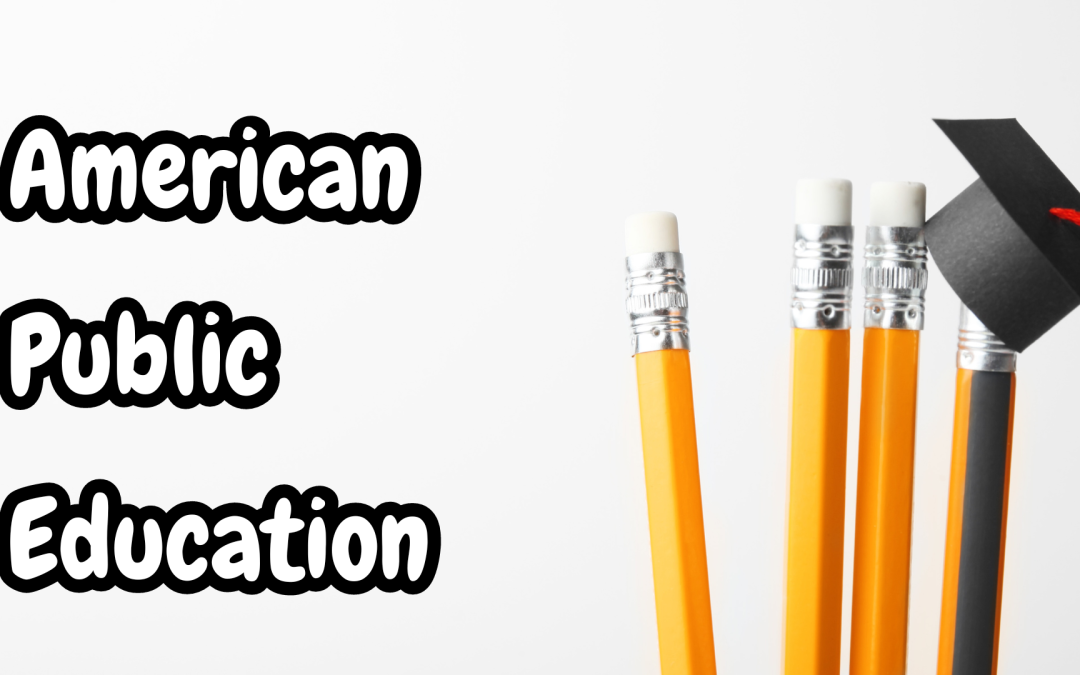The Congressionally-mandated Condition of Education Report “paints a picture of the state of education in the U.S. from early childhood through postsecondary education.” It is an annually produced collection of indicators that examines relationships; shows changes over time; and compares experiences of persons from different backgrounds, places, and types of schools.” The annual report also includes sections focused on School Crime and Safety and the condition of education by geographic locale, called Education Across America. (SOURCE: Report on the Condition of Education 2023.)
This year’s Condition report also includes two “Spotlight Indicators” that examine challenges faced by schools during the coronavirus pandemic including:
• Teacher Openings in Elementary and Secondary Schools. Among public schools with at least one open teaching position, the percentage of schools that found it difficult or were unable to fill these positions was higher in 2020–21 than in 2011–12 across 12 reported subject areas. This was also true of private schools in 10 of 12 reported subjects. (SOURCE: A Letter From the Commissioner of the National Center for Education Statistics Report on the Condition of Education 2023.)
• Recovery from the Coronavirus Pandemic in K–12 education. Using experimental data from the School Pulse Panel, this indicator shows that public schools reported wide-ranging concerns from students and parents during the coronavirus pandemic, including academic concerns, social concerns, and health concerns. The Report outlined commonly used strategies to support student learning recovery.
PUBLIC AND PRIVATE SCHOOL PROGRAMS IN AMERICA
The education system in America is made up of different public and private programs that cover preschool, all the way up to colleges and universities. These programs cater to many students in both urban and rural areas. The following source provides a broad range of information on how students are faring by grade and subject, college graduation rates, and information about federal, state, and local governments spending per student. The information comes from various government agencies including the National Center for Education Statistics and the Census Bureau. (SOURCE: US Education Statistics and Data Trends: public school spending, educational attainment, and more | USAFacts.)
- Public school spending per student
During the 2019-2020 school year (most recently available data summaries), $15,810 was spent on K-12 public education for every student in the US. (FACT: Education spending per K-12 public school students has nearly doubled since the 1970s.)
“This estimate of spending on education is produced by the National Center for Education Statistics. Instruction accounts for most of the spending, though about a third includes support services including administration, maintenance, and transportation.” Per student expenditures vary from state-to-state and across school districts. During the 2019-2020 school year, New York expended the most per student ($29,597) and Idaho spent the least ($9,690).
- Public school teacher’s salaries
During the 2021-2022 school year, the average U.S. public school teacher’s salary was $66,397.
Instruction is the largest category of public-school spending, according to data from the National Center for Educational Statistics. Adjusting for inflation, average teacher pay has been down since 2010.
UPDATE 2023 – A BIPARTISAN EFFORT
In 2021 and 2022, the federal government allocated $130 billion through the American Rescue Plan (ARP) to help schools safely reopen, stay open, and address the academic and mental health needs of students. American Rescue Plan funding added additional teachers, counselors and social workers to classrooms and more counselors, and other staff to American public schools.
In addition, the ARP put out a call intended to bring 250,000 additional tutors, mentors, and critical support staff into public schools over the next three years. In the summer of 2022, the Department of Education, AmeriCorps, and the Johns Hopkins University Everyone Graduates Center, created the National Partnership for Student Success (NPSS), a “public-private partnership to accomplish this goal.”
Also, the Department of Education “launched a call to action to colleges, encouraging them to devote a greater share of their Federal Work-Study funds to bring college students into K-12 schools as tutors and in other high-impact roles.” Some universities, including the State University of New York and Howard University, have already created programming changes to support this effort.
THE FUTURE OF AMERICAN PUBLIC EDUCATION
For more than a decade, the Republican-supported Hoover Institution has projected that by 2030, curriculum will be “at the fore of education rather than serving as it did 20 years ago in the shadow of reform efforts involving teacher performance, choice, standards and accountability, and school governance. Students [will] be engage[d] with curriculum in web-based environments that include virtual social agents.” (SOURCE: American Education in 2030 | Hoover Institution.)
SUMMARY
K to 12 education will likely be a key issue in the 2024 election cycle. As is always the case, states are the leaders in the development of K to 12 education policy. States have always mandated how local public schools are funded, how the teacher licensing process will be conducted, and what students should learn and when they should learn it.
States also administer standardized exams and determine high school graduation requirements. “In sum, state governments hold significant sway over what K-12 education looks like across the United States.” (SOURCE: State of the States: Governors and PK-12 education policy | Brookings.)
If you’re interested in PK-12 education priorities, the most important thing you can do is listen to your Governor’s State of the State address for each school year and pay attention to the education priorities set by your state’s legislative body. This is where most K to 12 education decisions are made, not at the federal government level.“Leaders that dig deep to update strategic plans, improve school climate, and foster inclusion will be strongly positioned to navigate the years ahead. They must continue looking forward, knowing that a strong road map will help them stay the course.” (2023 Trends in K-12 Education (hanoverresearch.com).
